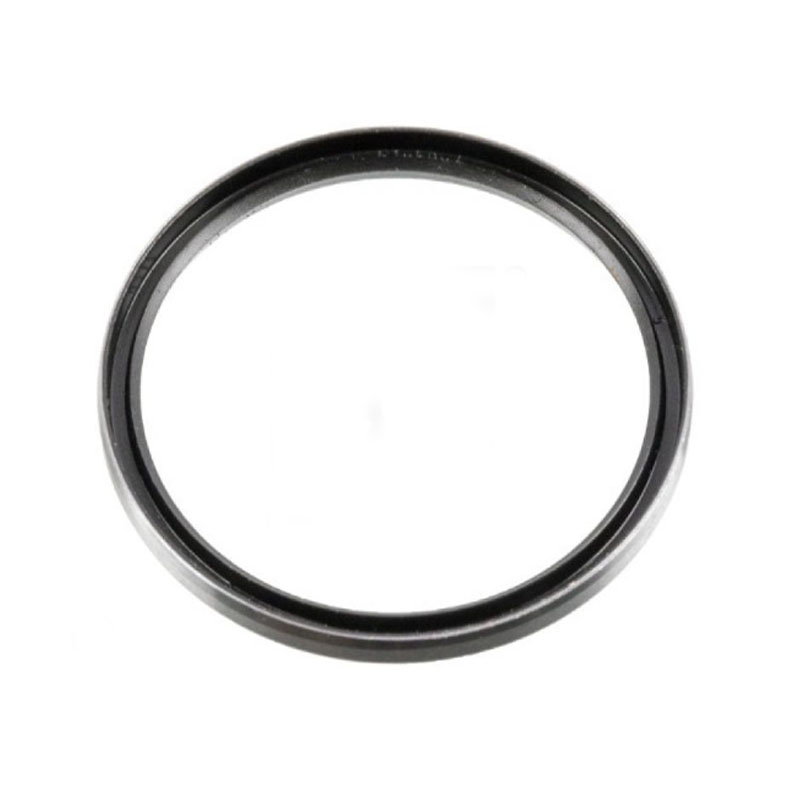sump plug
Understanding the Sump Plug Its Importance and Maintenance
The sump plug, often overlooked in vehicle maintenance, plays a critical role in ensuring the longevity and optimal performance of your engine. This small but essential component is designed to seal the oil sump, allowing for the containment of engine oil while preventing leaks. Understanding its function, maintenance, and the implications of neglecting it can save you from costly repairs in the long run.
At its core, the sump plug allows for the easy draining of engine oil during routine changes. Engine oil circulates through the engine to lubricate its moving parts, provide cooling, and keep the engine clean by suspending contaminants. Over time, oil degrades, becoming less effective at protecting the engine. Regularly changing the oil and removing it through the sump plug is crucial for maintaining engine health.
The sump plug is typically located at the bottom of the oil pan, a reservoir that collects oil as it drains from the engine. When it comes time for an oil change, the process usually involves removing the sump plug to allow the old oil to flow out completely. This is where the quality and condition of the sump plug itself come into play. A stripped or damaged sump plug can lead to leaks, ultimately compromising your engine's performance.
sump plug

To maintain the integrity of your sump plug, regular inspections are essential. During routine oil changes, check the plug for signs of wear or damage. A proper fitting is critical; if the threads are damaged, a new plug may be necessary. It's also important to use the correct torque when securing the plug back in place, as over-tightening can lead to cracks while under-tightening can result in leaks.
Using a new washer each time the sump plug is replaced is another best practice. This helps to ensure a tight seal and prevent oil from escaping. Many vehicle manufacturers recommend specific intervals for oil changes and sump plug inspections, so consulting your owner’s manual can provide guidelines tailored to your vehicle's needs.
Neglecting the maintenance of your sump plug can result in serious engine problems. A leaking sump plug can lead to low oil levels, which compromises lubrication and can cause overheating or even catastrophic engine failure. Regular maintenance, therefore, is not just about changing oil but also about ensuring all components, especially the sump plug, are in optimal condition.
In conclusion, while the sump plug may seem minor in the grand scheme of vehicle maintenance, its role is significant. By understanding its purpose and implementing regular checks and maintenance, vehicle owners can enhance engine performance, extend vehicle life, and avoid expensive repairs attributed to neglecting this essential component. Taking a proactive approach ensures that your engine runs smoothly and efficiently for years to come.
-
The Ultimate Guide to Boat Propeller Bearings and Trailer Wheel Bearings
News Jul.31,2025
-
The Essential Guide to Marine Bearings and Boat Trailer Wheel Bearings
News Jul.31,2025
-
The Complete Guide to Heavy Duty Seals: Protecting Doors and Spaces Efficiently
News Jul.31,2025
-
Essential Guide to Marine Shaft Bearings and Boat Trailer Axle Bearings
News Jul.31,2025
-
Comprehensive Guide to Marine and Trailer Bearings for Safe Boating and Transport
News Jul.31,2025
-
Comprehensive Guide to Automotive Oil Seals: Protecting Your Engine and Shafts
News Jul.31,2025
-
Understanding Automotive Oil Seals: Essential Components for Engine and Shaft Protection
News Jul.30,2025
Products categories















